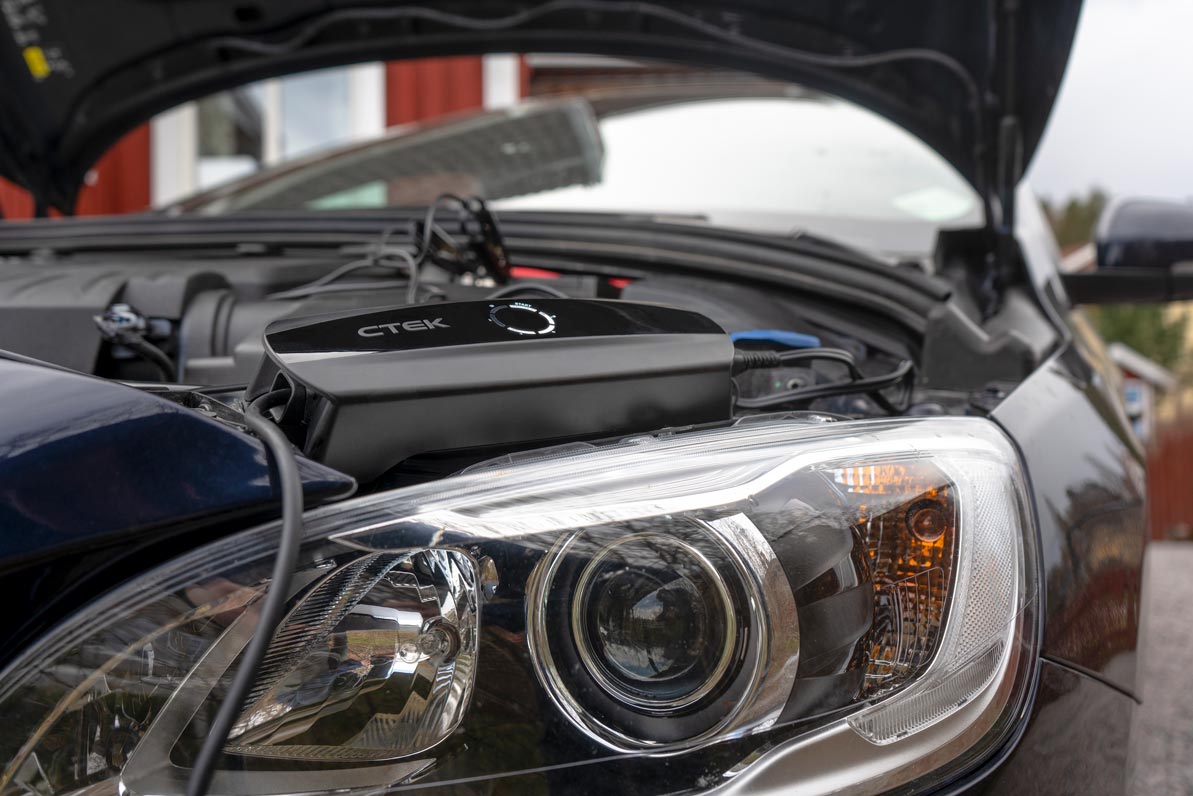Don’t let short journeys damage your battery
Charging and maintenance advice from CTEK
With fuel prices and the general cost of living increasing rapidly, many drivers are starting to think twice before hopping in the car, are maybe going out less often and, when they do, are taking shorter journeys.
But did you know that taking fewer, shorter journeys could be causing lasting damage to your car battery.
A hefty bill for battery replacement is all you need when you’re focused on making your household budget stretch that little but further. But luckily, there are a few simple steps you can take to keep your 12V battery in tip top condition and avoid that unwelcome dent in your wallet.
Here is CTEK’s quick guide to battery health.
1. What is draining your battery?
It takes 150-350A of battery power just to start the car, so nipping out on lots of short journeys, particularly in urban areas, drains the battery because the alternator won’t have the time or capability to replace this charge. This is especially so if your car has a ‘stop/start’ function. In fact, if you’ve noticed your ‘stop/start’ hasn’t been kicking in lately, this may be because your battery isn’t sufficiently charged, as your car will gradually turn off ‘non essential’ functions to focus the remaining battery charge on keeping the engine turning.
Even while your car is parked, your battery will lose 0.1V of energy every month and, if your car is also running an alarm system, onboard computer, remote locking etc, the continual drain on the battery will be much more than that.
2. Why is a drained battery bad news?
There is a very fine line between a fully charged battery and a dead one, and even a small drop in charge can compromise battery health, reducing its life span and making replacement necessary. A 12V car battery is fully charged at 12.72V. Below 12.4V, sulphate crystals can build up, degrading the battery and reducing battery capacity. And below 10.4V, the battery won’t start the car at all.
3. Charging your battery
Driving around in your car will only ever charge your battery to 80% capacity so, to top it up to 100%, you’ll always need a battery charger.
A smart battery charger like the CTEK CS ONE uses patented APTOTM ‘adaptive charging’ to check what type of battery you have (lead acid or lithium), establish how much charge is needed and then safely top it up. The CS ONE is designed to be as simple as possible to use; there’s no need to worry about positive and negative terminals - just plug the charger in, pop the two black clamps on either terminal, and the charger will do the rest. For the last 20% of charge, the CS ONE gradually reduces the rate of charge so there’s no danger of overload. It will even tell you when it’s finished, and when your battery has enough charge to start the car.
4. Extending battery life with maintenance charging
Charging your car battery at least once a month prolongs its life by up to three times, so buying a reliable battery charger, and getting yourself into a regular battery maintenance routine, makes perfect sense. And, as battery failure can damage or compromise a vehicle’s electronics, a charger is most certainly a worthwhile investment.
Investing in a charger like the CS ONE, with built-in functionality for both maintenance and troubleshooting, is the smart choice for drivers. The CS ONE does the thinking for you, using adaptive charging to measure your battery’s health then delivering the right level of power to get it working at optimum capacity. With the CS ONE’s patented technology, you can even recondition your battery to restore battery health.
You can find more information on the CS ONE and maintaing battery health here.


